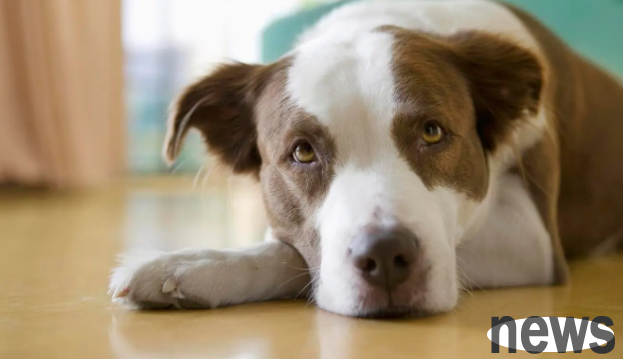Dogs are lively and active pets. Dog families know that dogs are easily injured. They are easily emotionally excited and lead to injury when they are happy or unhappy. Therefore, it is necessary for parents to master some first aid knowledge of dogs and provide treatment as soon as the dog is injured, which can prevent the injury from worsening.

Blooding: Before the dog is treated by a veterinary doctor, the most important way to stop bleeding or reduce bleeding is to apply pressure. There are several methods of pressure. Depending on the situation, you can apply pressure directly on the wound with your fingers or cotton pads, or apply pressure at the pressure point nearest wound position. You can also wrap the wound with a bandage and then apply pressure or use a tourniquet. If the situation allows, raising the injured area can also help stop bleeding.
Cut: thoroughly clean the wound, check for any residual gravel or glass fragments and seek veterinary assistance.
Dog Raising Knowledge Tell pet owners some common sense about dog first aid
Frightened: Bring the dog to a peaceful and warm environment to avoid being frightened and stimulated. Carefully monitor its condition and consult a veterinarian.
Twitch: Watch the dog carefully and don't try to stop it from biting its tongue. If the animal's trachea is blocked, do not rashly reach into its mouth when the animal is conscious. Check the surrounding environment and beware of dangers from animals (also beware of dangers from animals that can cause danger to you). Contact the veterinarian for assistance and notice whether there have been some recent accidents that have occurred in dogs, such as poisoning.
Fracture: It is difficult to fix the affected area of the fracture and must be handed over to a professional veterinarian for treatment. Although it is not easy, you should minimize movement of the fracture site of the animal.
Drowned: Pick up the animal and turn its head down so that part of the water in the trachea can flow out.
Foreign objects in the body: Try to determine the location of foreign objects in the animal's body. These foreign objects may be hidden in multiple places in the body. In some cases, you may remove foreign objects by yourself, such as foreign objects that are stuffed into the mouth, eyes or ears. However, you should contact the veterinarian for assistance as much as possible.
Poisoning: Stay away from poisonous substances and prevent further poisoning (if the poison touches the surface of the skin, it is advisable to rinse it with water as soon as possible). Be careful not to accidentally get in contact with poison, wrap up some poison samples, and take the dog and poison samples to the veterinary clinic together.

Burns and scalds: Both heat and chemicals may burn or burn the body. If the dog is burned or scald by heat (fire or hot water), as long as it is not in "extremely frightened" and very painful situations, use frozen water to rinse and cool the affected area. Then wrap it in a clean plastic bag or film. Chemicals may have chemical effects with water. If you have any questions, take the animal to the veterinarian to treat the affected area. Relieving the scald condition is always the best method.
Overheat, heat stroke: When exercising for a dog, please always pay attention to its condition and breed characteristics, and prepare water for the dog. If the dog is panting, be careful if it is overheated. Because some types of masks can hinder the heat dissipation of dogs, it is not suitable for them to wear masks when doing exercise. Overheating may cause heatstroke. When the animal's body cannot dissipate heat during heatstroke, it is in danger of life. If your dog is overheated or heatstroke, you can take the following measures -
- Wet the dog or shower for the dog
- Give it water
- surround the dog's body with water but do not touch its skin directly
- Take the dog to a shade
- Turn on the fan/air cooler
- Let the dog rest